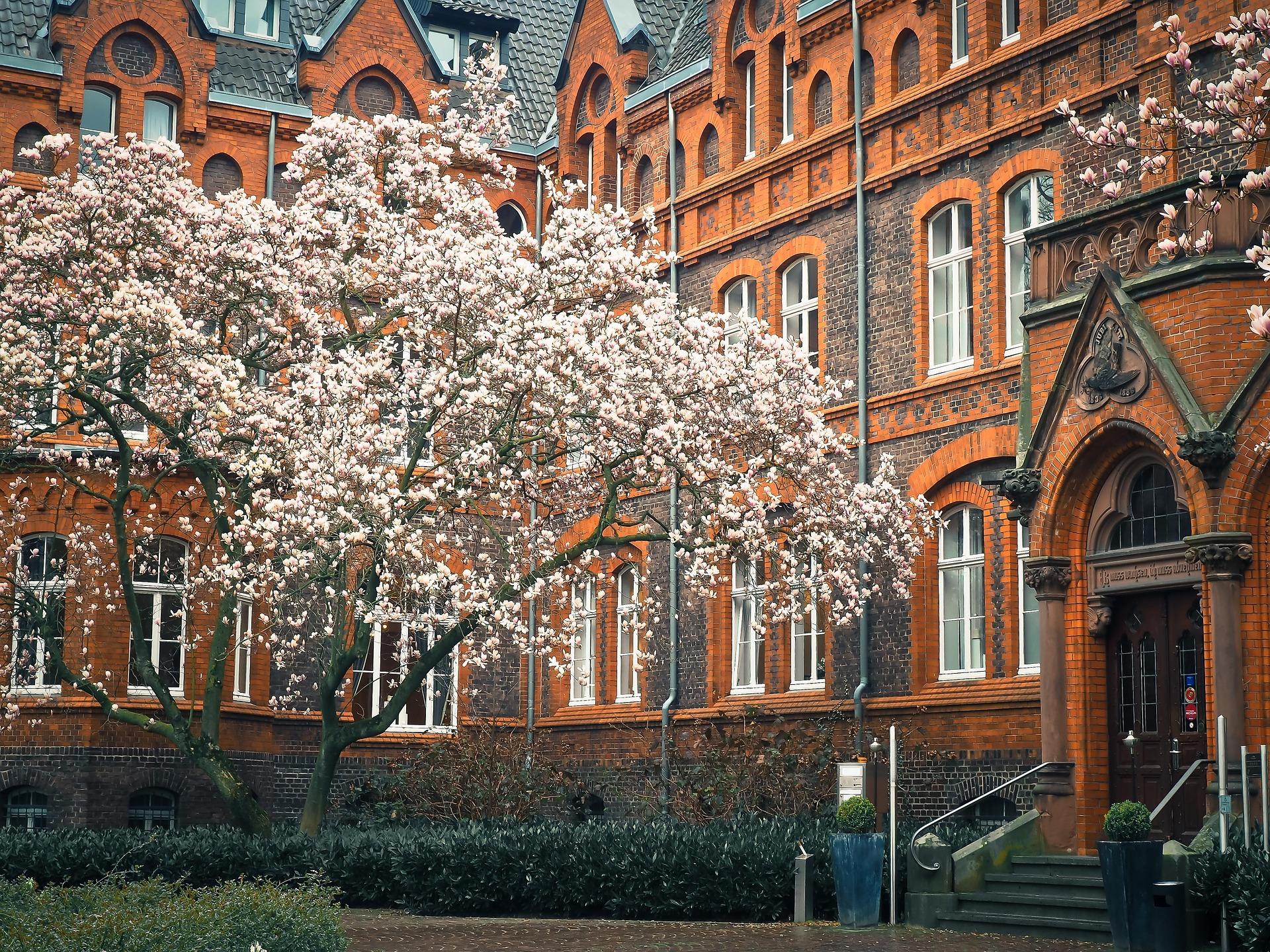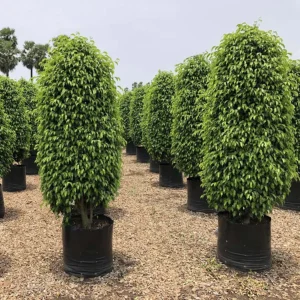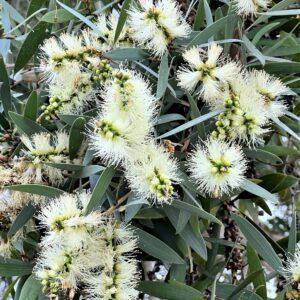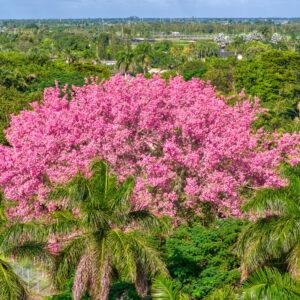White Magnolia Tree“🌸✨The Queen of Blossoms
The White Magnolia Tree, often referred to as the Southern Magnolia (Magnolia grandiflora) or Yulan Magnolia (Magnolia denudata), is admired for its creamy white, fragrant blossoms, glossy green foliage, and majestic structure. This ancient flowering tree, believed to have existed before bees evolved, carries both ornamental and symbolic value, often associated with purity, nobility, and beauty.
From home gardens to palace courtyards in Asia, White Magnolia continues to be a timeless favorite for those who appreciate elegance with low maintenance.
🌿 Botanical Overview
Common name: White Magnolia Tree
Botanical names: Magnolia grandiflora (Southern Magnolia), Magnolia denudata (Yulan Magnolia)
Family: Magnoliaceae
Type: Flowering, evergreen or deciduous tree (depending on species)
Height:
M. grandiflora: 30–60 feet
M. denudata: 20–40 feet
Spread: 15–25 feet
Flowers: Large, creamy white, bowl- or star-shaped, extremely fragrant
Blooming Season: Late winter to spring (some rebloom in summer)
Leaves:
M. grandiflora: Thick, evergreen, dark green and glossy
M. denudata: Deciduous, smooth green
Lifespan: 80+ years
☀️ Light and Temperature Requirements
Sunlight:
Prefers full sun to partial shade (at least 6 hours of sunlight daily)
More sun = more blooms
Climate:
Thrives in temperate to subtropical climates
Best in USDA zones 6 to 10, depending on species
Tolerates -10°C to 35°C
Some species (like M. denudata) are frost-hardy
🌞 In hot regions, partial afternoon shade protects it from scorching.
💧 Watering Routine
Young Trees (First 1–2 Years):
Water deeply 2–3 times per week
Keep soil consistently moist (not soggy)
Established Trees:
Water once per week in dry seasons
Reduce watering in rainy or cool months
💧 Tip: Magnolias dislike dry spells and waterlogged roots—balance is key.
🌱 Soil Requirements
Type:
Prefers rich, well-draining loamy soil
Tolerates clay with proper drainage
pH: Slightly acidic (5.5–6.5) is best
🪴 For pots or raised beds, use soil mix with compost, peat moss, and perlite.
🌾 Fertilization Routine
First year: Use compost or well-rotted manure at planting
Annual feeding:
Apply balanced fertilizer (10-10-10) in early spring
Organic options: bone meal, seaweed extract, or fish emulsion
⚠️ Avoid over-fertilizing—this causes leaf growth at the cost of flowers.
✂️ Pruning and Maintenance
When to prune:
Light pruning in late summer or after blooming
Remove dead, diseased, or crossing branches
Avoid heavy cutting—it may reduce flowering
Mulching:
Apply 2–3 inches of organic mulch to retain moisture and regulate temperature
Keep mulch 2–3 inches away from the trunk
🧹 Clean fallen petals and leaves regularly to maintain neatness and prevent pests.
🌸 Propagation Methods
Seeds:
Soak and stratify seeds for weeks
Slow and unreliable method for beginners
Cuttings:
Take semi-hardwood cuttings in late summer
Rooting hormone increases success
Grafting or Air Layering:
Used in nurseries for true-to-type propagation
🌱 Seedlings can take 5–10 years to flower. For quicker blooms, opt for nursery saplings.
🐛 Pests and Diseases
Generally pest-resistant, but may attract:
Scale insects
Aphids
Leaf miners
Spider mites (indoors or in dry weather)
Diseases:
Leaf spot
Canker
Root rot (in poorly drained soils)
🛡️ Use neem oil, insecticidal soap, or pruning to manage infestations.
🏡 Landscape and Ornamental Use
Ideal for:
Front yards and large gardens
Courtyard centerpieces
Temple or shrine gardens (symbol of purity)
Potted specimens (dwarf varieties only)
Design tip: Pair with azaleas, camellias, or boxwoods for a romantic, timeless garden look.
📷 Stunning in winter-spring when blossoms appear before or with the leaves.
✅ Conclusion
The White Magnolia Tree is more than just a beautiful ornamental—it’s a symbol of grace, strength, and serenity. Whether you choose the Southern Magnolia for evergreen foliage or the Yulan Magnolia for its historic, fragrant blooms, this tree offers decades of low-maintenance luxury and seasonal splendor. With the right balance of sun, water, and soil, you can enjoy its glorious flowers and classic silhouette for generations.”





Reviews
There are no reviews yet.